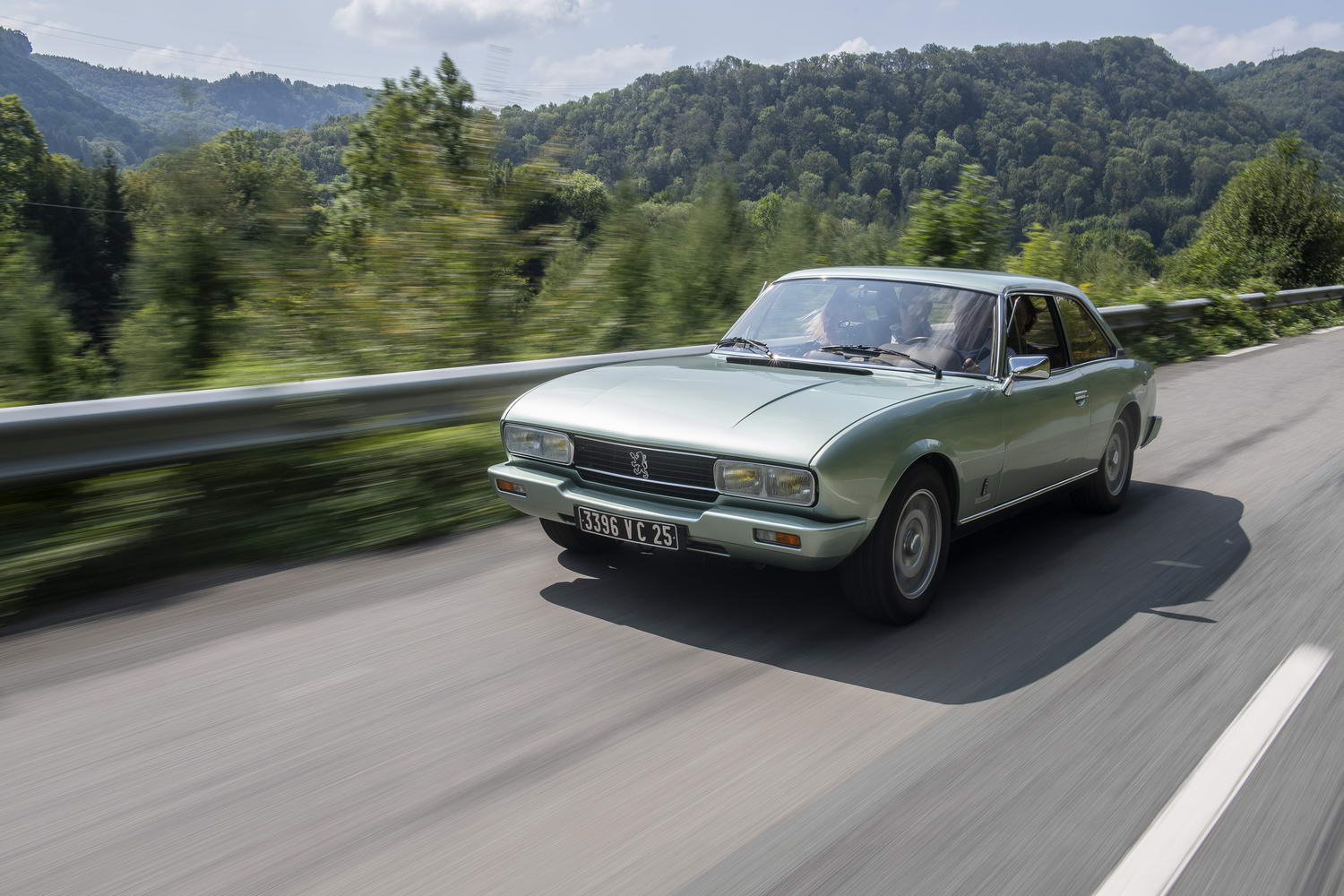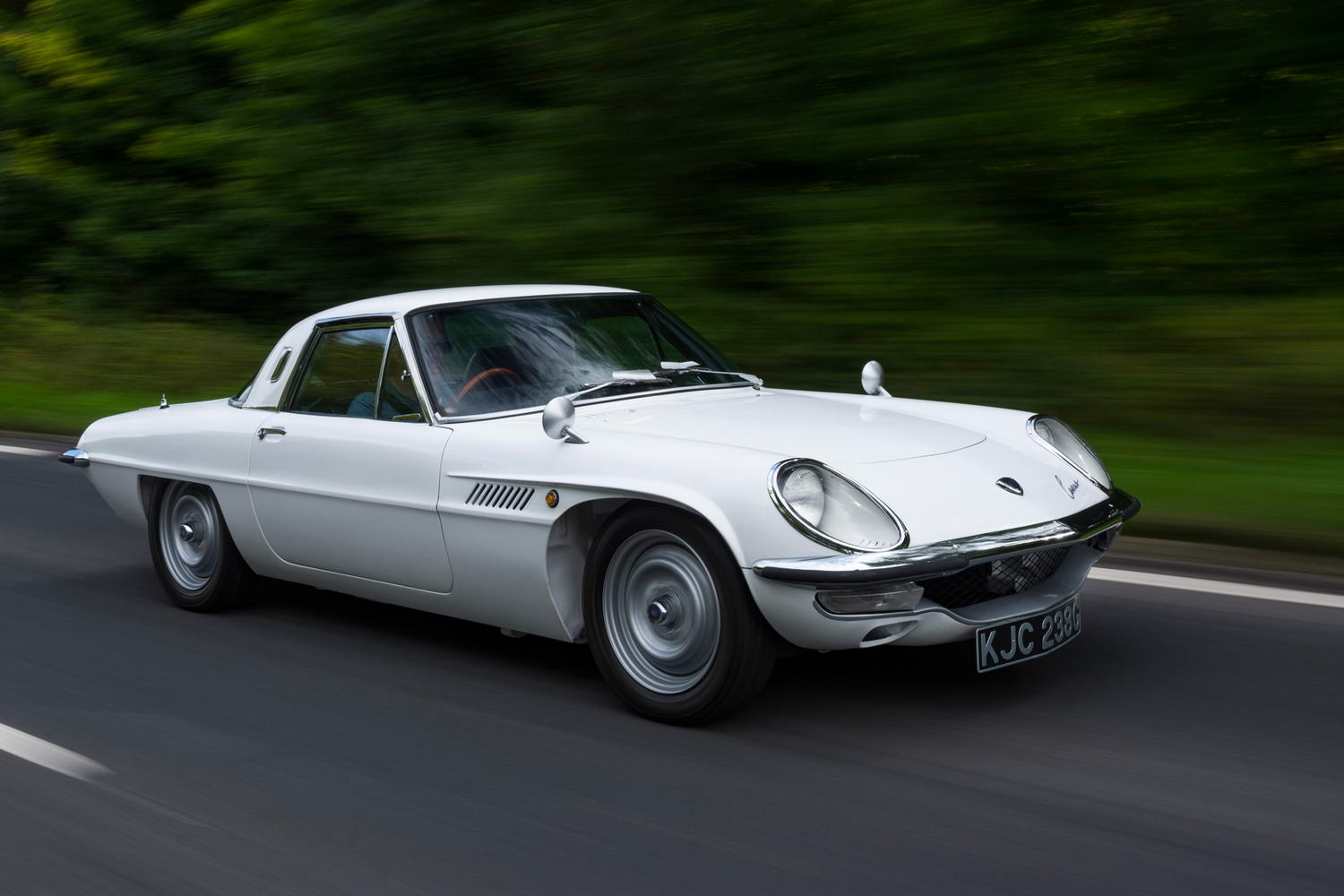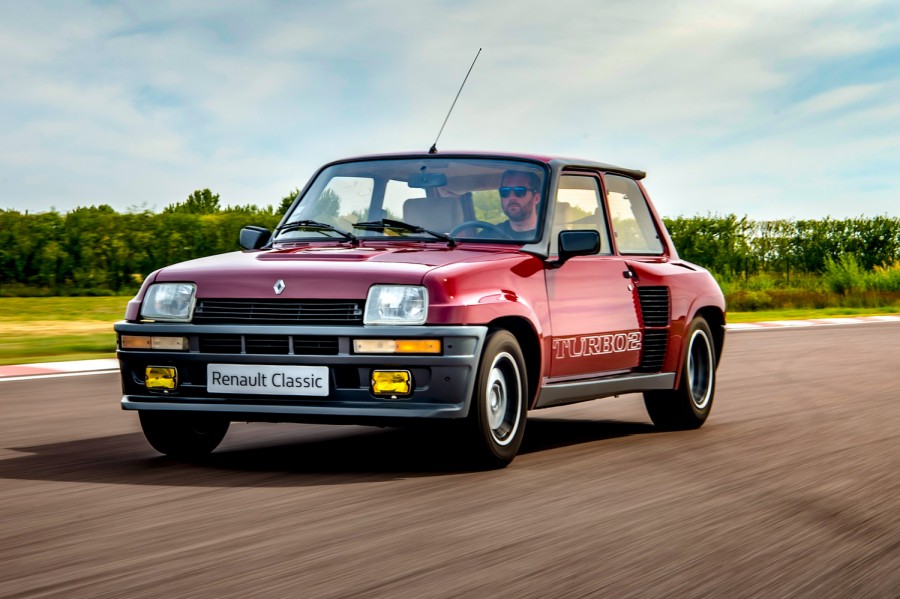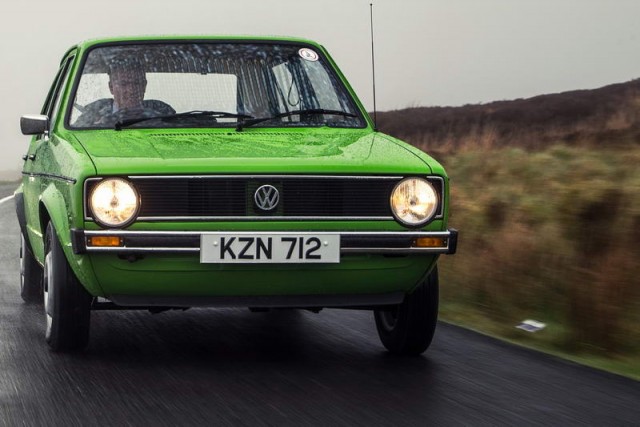What are you driving?
Giorgetto Giugiaro, arguably the greatest car designer of them all (he did the Iso Grifo, bits of the Lamborghini Miura, VW Golf Mk1, Alfasud, Lotus Esprit S1, Fiat Panda, Fiat Uno and on and on and on), hates curved lines on cars. He's quoted as once saying in an interview that "Curved lines are, actually, bullshit."
Now, far be it from us to disagree with the GOAT [Ed: I had to check what that meant - Greatest Of All Time, of course] car designer, but there must surely be some wiggle room in all of this. True, that S1 Esprit looks better and better with each passing year, but then the same could be said of the 1966 Ferrari P3/4 Le Mans car, and there's nary a straight line nor right angle on it. Perhaps then, we should come to a compromise and take a look at a car, an undeniably gorgeous car, that is made up mostly of straight, even boxy, lines, but lines that have a beautiful, delicate roundness to them. Welcome, then, to the Peugeot 504 Coupe, a car not actually designed by Giorgetto Giugiaro, but we suspect he would have approved, nonetheless.
Introduced in 1969, six months after the sturdy 504 saloon, the Coupe (and its soft-top sister, the 504 Cabriolet) was fully designed by the great Italian styling house, Pininfarina. The 504 saloon had actually been a bit of a hodgepodge, styling-wise, with the front end designed in-house by Peugeot mated to a rear end - with that distinctive sloping boot lid - created by Pininfarina. The Coupe, though, is entirely an Italian job, even down to construction. While the 504 saloon was built in Sochaux in France, the Coupe and Cabriolet rolled down Pininfarina's own factory lines in Turin. The same arrangement would be repeated three decades later, and with equally gorgeous results, for the Peugeot 406 Coupe.
There's not much influence of the 504 saloon left in the Coupe, aside from a slight downward slope to both the boot lid and the leading edge of the bonnet. Even the saloon's distinctive 'Sophia Loren' headlamps are gone, replaced by four small quad lights. In fact, rather than the 504 saloon, the biggest resemblance you can see in the 504 Coupe is to the Fiat 130 Coupe, which not coincidentally had also been designed at Pininfarina.
Inside, the cabin takes the basic architecture of the saloon, but adds a touch of luxury. Gone are the soft, velour armchairs of the four-door, replaced by brown suede-and-corduroy items. There's just - but only just - enough space for four people, and the boot is shallow enough that you'd actually struggle to fit in enough luggage for a week's holiday.
Up front lies the classic 'Douvrin' V6 2.7-litre engine, which in other lives went on to power the likes of the DeLorean DMC-12, various Volvos, the Citroen XM and even some Renault-Alpine sports cars. Here it's in a relatively mild state of tune - 144hp, thanks to fuel injection.
Name its best bits
The best bit about the Peugeot 504 isn't how good-looking it is, although that's certainly what strikes you at first. Our test example is owned by Peugeot, and is fettled at the Peugeot Classic garages, adjacent to the company's own museum in the Jura valley in south-east France. It's a lovely shade of minty-green, and mint handily sums up its condition. It's not a pampered concours version (the patina of the seats and the occasional rough edge of the cabin tells you that), but mechanically, it's perfect.
The big V6 engine fires with a lazy, slightly off-beat, thrum. The power and torque outputs are laughable - Peugeot's modern 1.2-litre three-cylinder turbocharged petrol engine beats this V6 on both counts - but it sounds creamy-smooth, ticking away up front like an antique clock. The big, spindly gear lever feels floppy and loose-limbed, as per the Peugeot tradition, but as long as you take an Eric Clapton approach (slow hands), each of the four forward cogs slots home surprisingly neatly.
The best bit, though, is how effortless it all feels. Driving classic cars on modern roads can often be something of a heart-in-mouth experience, not least because you're having to cope with things such as unassisted steering, brakes that feel as if they're broken and the constant, itchy, sensation on the back of your neck that if you dent, bump, or scrape this car, it can't be just easily waved off and repaired. Throw in the need to keep up with modern cars - and we are being led in convoy by a brand-new Peugeot 3008 crossover - and the additional need to keep to a tight schedule, and you have a recipe for quickly over-stretching both your and the car's abilities.
Amazingly, though, the 504 Coupe, or at least this 504 Coupe, doesn't so much step up to the task as leap to it. That lazy V6 only has 1,500kg to haul around, so flowing with modern traffic is an utter doddle. It helps, of course, that France's main roads are now limited to 80km/h, but even so the 504 just gets up and goes with surprising vim.
It also manages to stop and steer with confidence. The power steering is light and easy-going, but there's enough feedback through the slim rim of that two-spoke steering wheel that you feel confident placing the 504 in corners. Yes, there's ample body lean, but that just acts as a reminder that you're trying a bit too hard, and should really just sit back, relax, let the torque of the engine do the driving and admire the scenery instead of trying to be Rene Arnoux on a hot lap.
Anything that bugs you?
That shallow boot rather does undo the 504's gran tourer status, and the stuck-on fake wood in the instrument binnacle just looks awful. That's about the limit of our cribbing, though.
And why have you given it this rating?
Although we suffered the usual butterflies involved with driving someone else's expensive and irreplaceable classic, by the time we were finished, we'd have happily driven the 504 Coupe home from the south-east corner of France. It's one of those rare older cars that, suitably fettled and cared for, really can keep up with modern traffic and do so without apparent strain nor difficulty. In spite of its Italian connection, it's very much a traditional French car of the old school - softly sprung, with an emphasis on comfort and aesthetics, rather than power and handling.





























